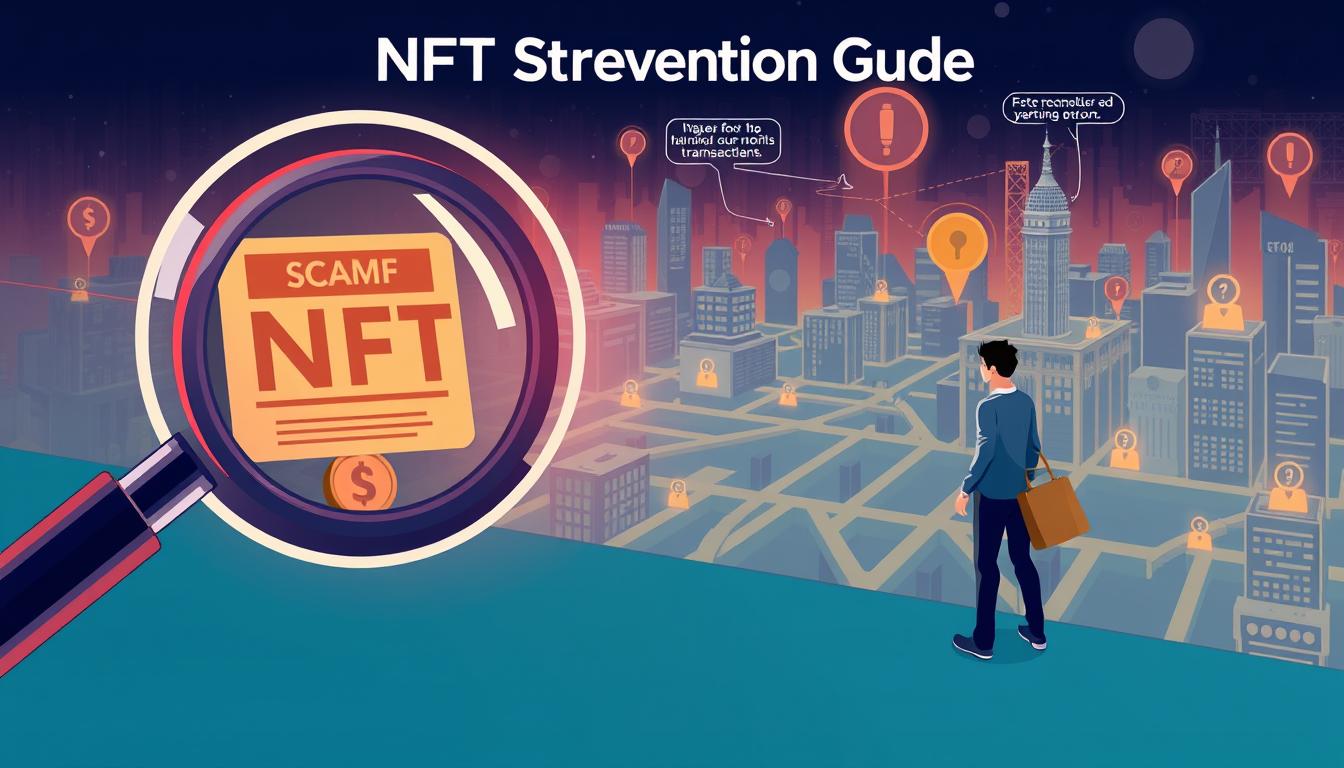Now Reading: NFT Copyright and Intellectual Property Rights Legal Considerations for Creators
- 01
NFT Copyright and Intellectual Property Rights Legal Considerations for Creators
NFT Copyright and Intellectual Property Rights Legal Considerations for Creators
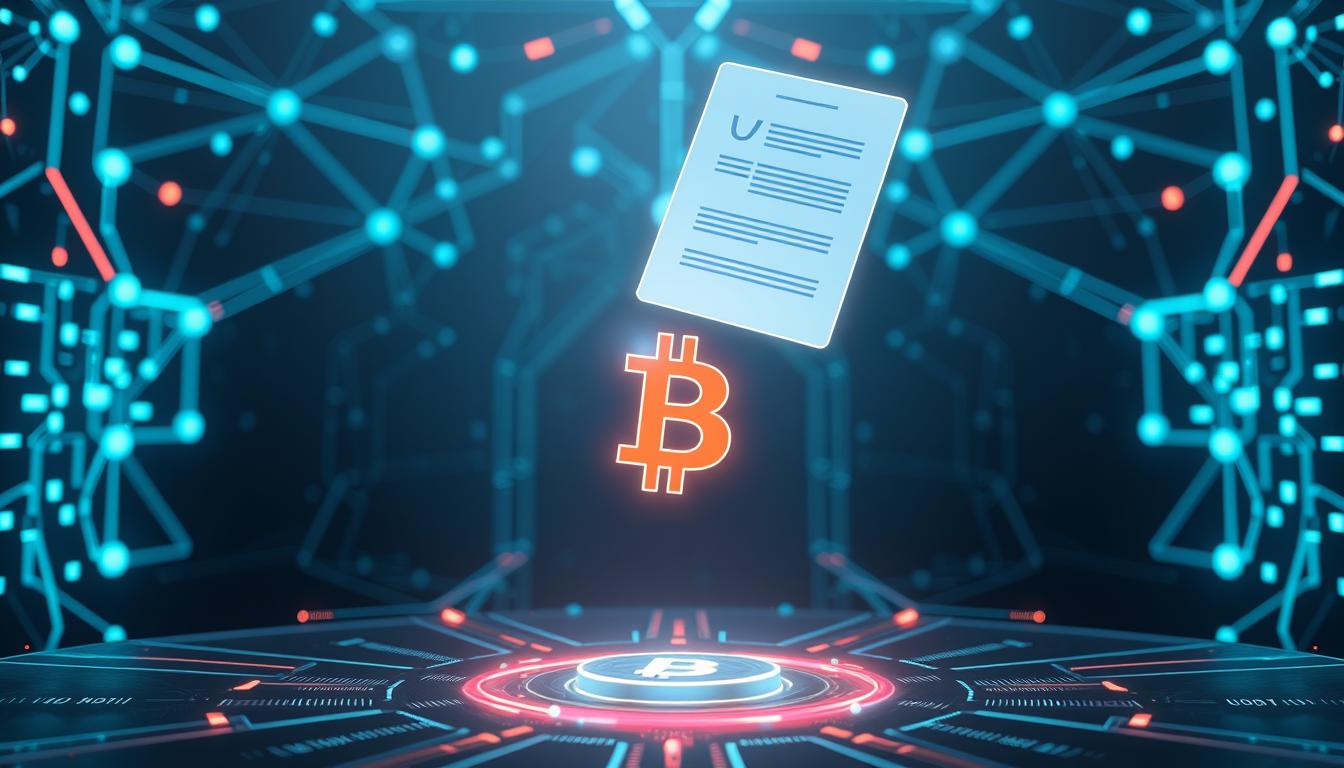
Digital collectibles exploded into mainstream culture when CryptoKitties launched in 2017, but their roots trace back to early blockchain experiments. These unique tokens transformed how we authenticate digital items, using blockchain technology to prove scarcity and origin. Today, artists sell million-dollar works through platforms like Christie’s, while sports fans trade video highlights on NBA Top Shot.
The $69 million sale of Beeple’s artwork and Jack Dorsey’s $2.9 million tweet token show the market’s staggering growth. However, many buyers don’t realize what they actually own. Purchasing a token grants ownership of that specific digital certificate – not necessarily the creative work itself.
Blockchain networks like Ethereum use smart contracts to manage these transactions. These self-executing agreements contain details about associated assets but often leave gray areas regarding usage permissions. A 2022 study found 78% of tokenized art listings lacked clear usage terms for buyers.
This disconnect between technological innovation and traditional ownership frameworks creates new challenges. Artists must learn how blockchain transactions affect their control over reproductions and adaptations. Marketplaces increasingly face lawsuits from creators and buyers over misunderstood agreements.
Key Points to Remember
- Blockchain tokens verify authenticity but don’t automatically transfer creative control
- Historic sales highlight both opportunities and risks in digital markets
- Smart contracts define transaction terms, not necessarily usage rights
- Clear agreements protect artists in decentralized marketplaces
- Traditional ownership concepts clash with blockchain’s unique features
Understanding the Evolution of NFTs and Intellectual Property
Blockchain technology quietly birthed a revolution in digital ownership years before colorful cat cartoons made headlines. Early experiments with unique digital assets began in 2012, when developers tested ways to prove scarcity through cryptographic tokens. These efforts laid the foundation for today’s multi-billion dollar market reshaping how we value digital creations.
The Rise of NFTs in Digital Culture
The 2017 launch of CryptoKitties transformed blockchain from a financial tool into a cultural phenomenon. Collectors spent over $12 million on virtual felines, proving demand for verifiably unique digital items. This breakthrough sparked innovation across industries, from music to real estate.
Key Milestones in NFT History
Three landmark events propelled non-fungible tokens into mainstream consciousness:
- Beeple’s $69 million digital collage sale at Christie’s (2021)
- Twitter founder Jack Dorsey’s first tweet selling for $2.9 million
- NBA Top Shot reaching $500 million in basketball highlight trades
These record-breaking transactions revealed both possibilities and pitfalls. While artists gained new revenue streams, many overlooked crucial understanding NFT copyright laws when minting works. The technology’s ability to create artificial scarcity through blockchain verification continues challenging traditional ownership models.
Decoding the Basics of Intellectual Property in the Digital Age
The digital revolution has transformed how we create, share, and protect original works. While physical ownership feels tangible, digital creations require distinct legal frameworks to define control. This shift demands clarity about what creators truly own – and what others can access.
What Constitutes Copyright and Property Rights
Creative control in the digital realm operates through two key concepts. Intellectual property refers to legal ownership of ideas, inventions, or artistic expressions. Unlike physical objects, these intangible assets gain value through exclusive usage permissions.
Copyright forms one pillar of this system, granting creators specific privileges. These include reproducing their work, distributing copies, and authorizing adaptations. Other protections like trademarks and patents address branding or technical innovations.
A critical distinction exists between owning a digital file and holding its creative rights. Purchasing an image or song file gives possession of that copy – not the authority to reuse or modify it. The original maker retains control unless formal agreements transfer specific privileges.
Modern law treats copyright as separate from physical or digital copies. This “bundle of rights” stays with creators by default, even when their work sells for millions. Blockchain’s emergence tests these principles, forcing new interpretations of how ownership functions in decentralized spaces.
NFT Copyright and Intellectual Property Rights Legal Considerations for Creators
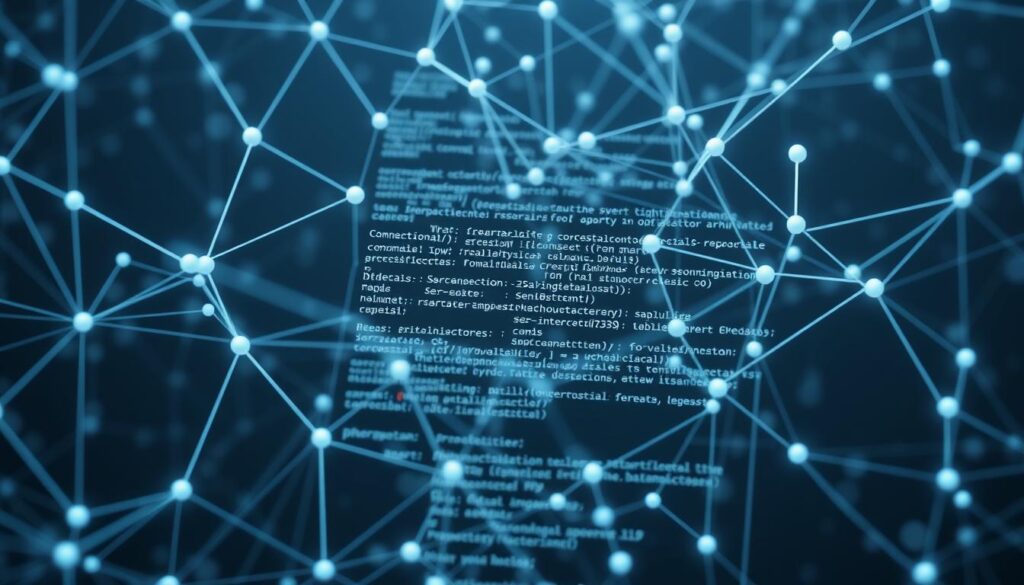
Digital certificates on blockchain platforms operate through self-executing agreements called smart contracts. These coded instructions determine how tokens interact with creative works, from resale royalties to usage permissions. A 2023 analysis revealed 62% of blockchain-based art sales failed to specify reproduction rights in their technical blueprints.
Owners often mistakenly believe purchasing a token grants full control over linked content. In reality, the asset referenced in the contract – whether art, music, or video – remains governed by separate agreements. Creators retain copyright unless explicitly transferred through written terms.
Three technical methods connect tokens to their underlying files:
- Direct embedding of digital files into blockchain records
- Hash codes acting as unique fingerprints for stored content
- URL links pointing to external storage platforms
Each approach carries distinct legal implications. Embedded files create permanent blockchain records, while off-chain storage introduces dependency on third-party services. Clear contractual language becomes critical when defining what buyers receive beyond the token itself.
Successful artists use smart contracts to automate royalty payments and limit commercial usage. Platforms like Foundation now offer template clauses for resale percentages and derivative work permissions. Properly structured terms protect creative control while enabling new revenue streams in decentralized markets.
Ownership vs. Licensing: Navigating NFT Transactions
Many collectors confuse blockchain records with creative control. Buying a token grants access to a unique digital certificate – not necessarily the artwork, music, or content linked to it. This distinction shapes how creators protect their works while allowing buyers to enjoy purchased items.
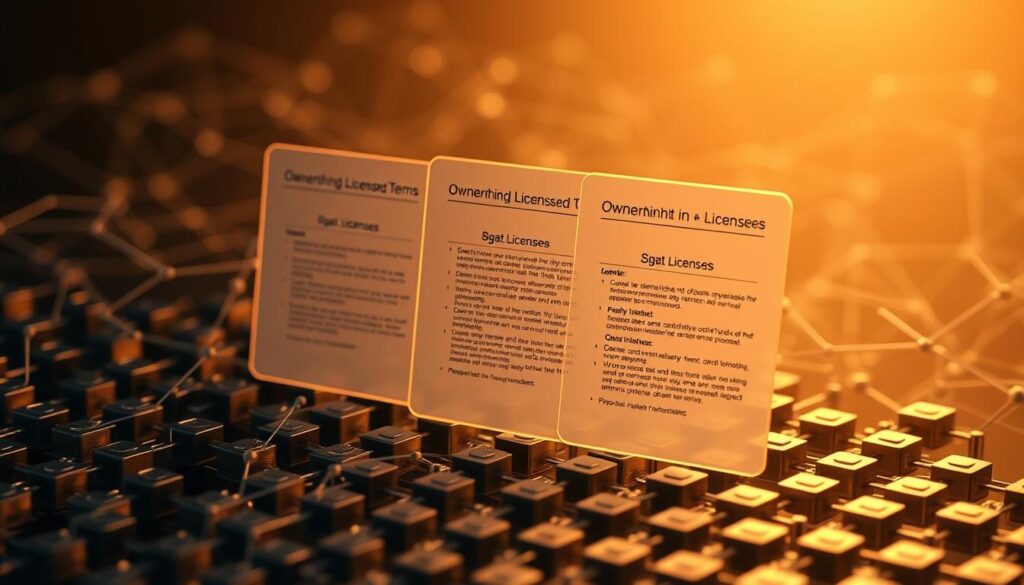
Differences Between Sale of the Token and Underlying Asset
Acquiring a token through a blockchain sale makes you the owner of that specific entry in the digital ledger. The creative work itself remains under the maker’s control unless written agreements transfer rights. Courts consistently rule that copyright stays with creators by default.
Three elements define token transactions:
- Smart contracts govern transfer mechanics
- Cryptographic keys prove token possession
- Separate licenses determine content usage
How Licensing Terms Affect Usage and Reproduction
Clear terms prevent misunderstandings about what buyers can use. Some creators allow displaying purchased items as profile pictures. Others permit commercial applications up to specific revenue thresholds.
The CryptoKitties model demonstrates balanced permissions. Buyers could earn up to $100,000 annually using their virtual pets in merchandise. In contrast, sports highlight tokens typically forbid commercial use entirely. Always review license details before assuming reproduction rights.
Enforcing restrictions remains challenging across global markets. Creators should specify consequences for violating terms in smart contracts. Regular marketplace monitoring helps identify unauthorized resales or adaptations.
The Role of Smart Contracts in Protecting Intellectual Property
Self-executing code revolutionizes how creators safeguard their digital assets. These automated agreements act as digital rulebooks, encoding permissions and restrictions directly into blockchain transactions. Unlike paper contracts, they enforce terms through mathematical certainty rather than legal threats.
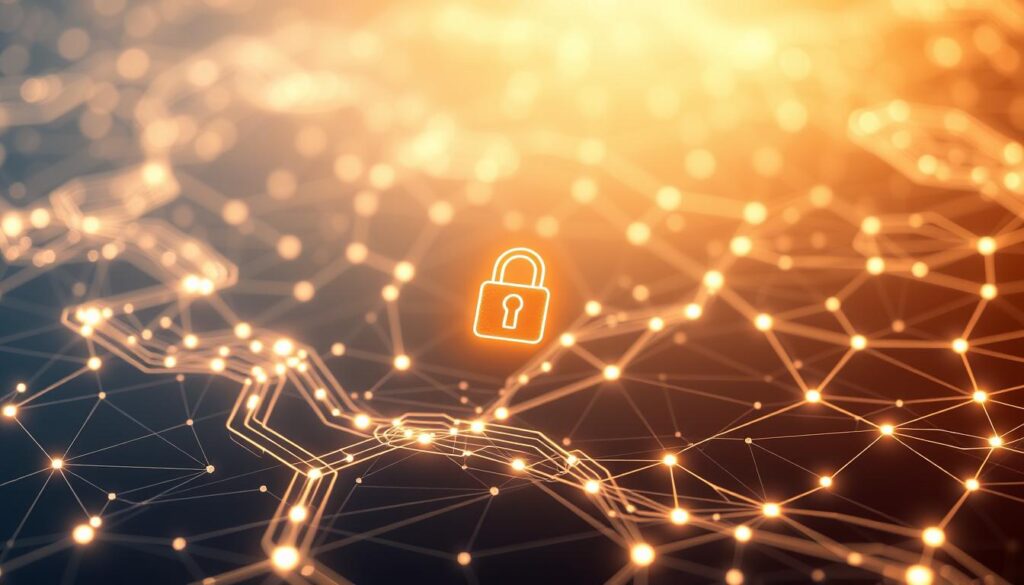
How Smart Contracts Define Rights and Obligations
Programmable agreements create ironclad rules for digital ownership. Three methods ensure creative protections:
- Royalty percentages baked into transaction code
- Usage limits programmed as conditional statements
- Decentralized storage for license documentation
Artists receive automatic payments when works resell, thanks to smart contract triggers. A 2023 case showed musicians earning 12% from secondary sales without manual tracking. This system outperforms traditional royalty collection methods plagued by reporting delays.
Technical limitations persist despite these advantages. Courts struggle to interpret code-based terms during disputes, and conflicting international laws complicate enforcement. Developers now create template contracts with adjustable parameters to balance automation with legal compliance.
Best practices emerge as the technology matures. Leading platforms recommend:
- Testing contract logic on test networks first
- Including human-readable summaries alongside code
- Using upgradeable contracts for future adjustments
Legal Risks and Infringement Issues in NFT Creation
Creators entering digital markets face hidden legal traps when converting creative works into blockchain assets. Three critical areas demand attention to avoid costly disputes.
When Digital Copies Spark Real Lawsuits
Unauthorized use of protected material remains the top risk. Minting tokens containing copyrighted images or music without permission violates reproduction rights. A 2023 study found 41% of disputed sales involved unlicensed character adaptations.
| Case | Issue | Outcome |
|---|---|---|
| Miramax v. Tarantino | Pulp Fiction screenplay NFTs | Ongoing – Tests adaptation rights |
| Art Wars | Star Wars helmet designs | Platform removed unauthorized tokens |
| Hermès v. MetaBirkins | Digital handbag replicas | $133k damages awarded |
Brand Protection in Tokenized Markets
Companies now patrol blockchain platforms for trademark violations. Using logos or branded characters in tokens without authorization risks immediate takedowns. Luxury brands filed 127% more infringement claims in 2023 compared to 2022.
Enforcement Across Digital Borders
Decentralized networks complicate rights protection. Anonymous creators and global transactions make 68% of cases impossible to resolve through traditional law. Emerging solutions include blockchain fingerprinting tools and cross-platform monitoring alliances.
Smart contracts now help creators automate violation detection. Some platforms freeze disputed assets until parties reach agreements. These technical safeguards complement legal strategies in evolving digital markets.
Practical Strategies for Enforcing IP Rights in the NFT Marketplace
Protecting creative works in decentralized markets demands proactive strategies. Automated tools now scan multiple platforms simultaneously, flagging unauthorized tokenized files. Services like Pixsy and MarqVision track digital fingerprints across blockchain networks, alerting makers to potential violations.
Effective Monitoring and Response Tactics
Establish regular checks using image recognition software and blockchain explorers. Focus searches on distinctive elements like color patterns or metadata tags. When matches surface, verify ownership through creation timestamps or original files.
Submitting takedown notices requires specific details:
- Proof of original work ownership
- Exact marketplace listing URLs
- Clear infringement description
Platforms typically respond within 48 hours under DMCA rules. Escalate unresolved cases through legal channels – some jurisdictions allow freezing disputed tokens. Persistent offenders face account suspensions or wallet blacklisting.
Global enforcement remains challenging due to anonymous minting and cross-border transactions. Recent strategic protection measures combine blockchain analytics with smart contract restrictions. These approaches help maintain control while navigating decentralized ecosystems.


